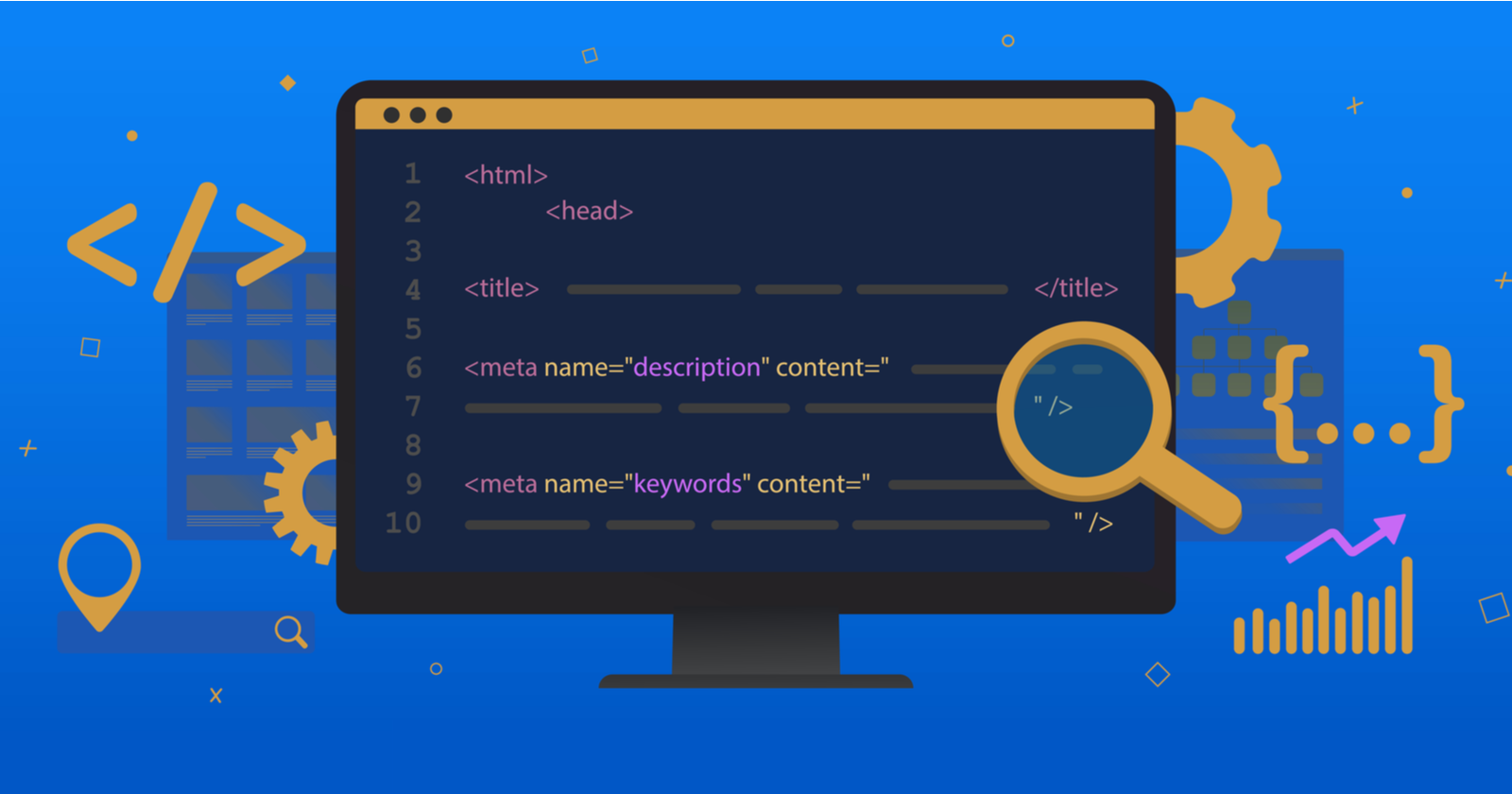As a website owner, optimizing your pages for search engine results pages (SERPs) is critical. One essential factor to consider is meta description optimization, which summarizes your webpage’s content. Meta descriptions appear beneath the page title and URL on SERPs and offer users a glimpse of what they can expect on your site.
Our blog post covers the significance of meta description optimization for higher click-through rates in SEO and provides tips for creating persuasive meta descriptions. Additionally, we’ll discuss the ideal length of meta descriptions in 2023 and advanced meta description optimization techniques to enhance click-through rates.
The Role of Meta Descriptions in SEO
The primary role of meta descriptions is to improve the click-through rate (CTR) of your website. A well-written meta description can entice users to click on your link instead of others on the SERP.
While meta descriptions are not a direct ranking factor, they can indirectly impact your SEO by increasing the CTR. A higher CTR can lead to higher engagement and more backlinks, which are both signals to search engines that your website is valuable and authoritative.
Tips for Writing Compelling Meta Descriptions
To optimize your meta descriptions for higher click-through rates, you need to make them compelling and engaging. Here are some tips to help you write effective meta descriptions:
Use active language
Start your meta description with an action verb to make it more engaging. For example, instead of saying “Our product is great,” say “Discover how our product can improve your life.”
Include a call-to-action
Encourage users to take action by including a call-to-action (CTA) in your meta description. For example, “Get started today” or “Learn more now.”
Highlight your unique selling proposition
Differentiate your website from others by highlighting your unique selling proposition (USP) in your meta description. For example, “The only tool you need for keyword research.”
Keep it concise
While there is no specific character limit for meta descriptions, it is recommended to keep them between 155-160 characters. This ensures that your entire meta description will be displayed on SERPs and prevents it from being truncated.
Match your content
Make sure your meta description accurately reflects the content of your webpage. Users will quickly bounce if they feel misled by your meta description.

The Ideal Length for Meta Descriptions in 2023
As mentioned earlier, the ideal length for meta descriptions is between 155-160 characters. However, this may change in 2023 as search engines continue to evolve.
Google has experimented with longer meta descriptions in the past, allowing up to 320 characters. However, in 2018, Google rolled back the limit to around 155-160 characters.
While it is uncertain if Google will expand the character limit again, it is still essential to keep your meta descriptions concise and engaging. Remember that your meta description should give users a quick preview of your web page’s content, so they can decide whether to click on your link.
Advanced Meta Description Optimization for Better Click-Through Rates
In addition to the tips we’ve mentioned earlier, here are some advanced strategies for optimizing your meta descriptions for better click-through rates:
Use emotional triggers
Use emotional language in your meta description to appeal to users’ feelings. For example, “Unlock the secret to happiness” or “Discover the life-changing benefits of our product.”
Incorporate keywords
Include your target keyword in your meta description to make it more relevant to search queries. This can also help your webpage rank for specific keywords.
Test and refine
Experiment with different meta descriptions and track their performance. Refine your meta descriptions based on what works best for your website and your audience.
Use schema markup
Schema markup is a type of structured data that can be added to your webpage to provide search engines with additional information about your content. By using schema markup, you can create more informative and eye-catching meta descriptions that stand out on SERPs.
For example, you can use schema markup to add star ratings, product prices, and other relevant information to your meta descriptions. This can help increase the CTR of your website and improve the user experience.
Consider different languages
If you operate in a multilingual environment, it’s important to provide meta descriptions in different languages. This can help you reach a wider audience and improve your website’s visibility in different regions.

Conclusion:
To boost your website’s click-through rate, meta description optimization is key. An engaging meta description can significantly impact your website’s SEO, making it essential to craft a concise and compelling summary of your content. To optimize your meta descriptions for higher click-through rates, use active language, include a call-to-action, highlight your unique selling proposition, and ensure that it accurately reflects your webpage’s content. As we move into 2023, it’s crucial to stay on top of evolving best practices and leverage advanced optimization strategies like emotional triggers, keyword incorporation, schema markup, and multilingual support. By following these tips and continuously improving your meta descriptions, you can create an exceptional user experience and enhance the visibility of your website in search engine results.

